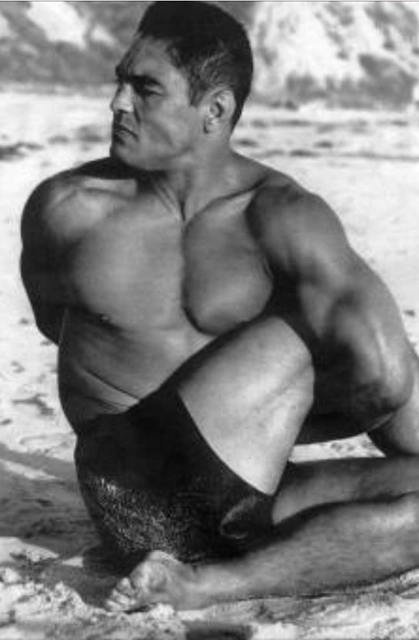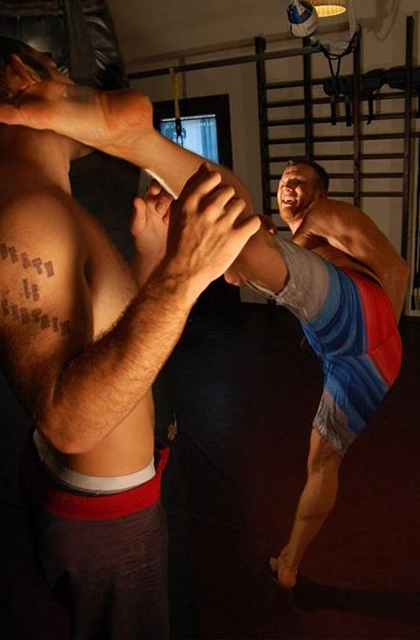Yoga Training
(What is this guy actually doing?)
Yoga in west chester

Beginning the practice of yoga can make a tremendous difference in your flexibility and athleticism, but it also makes a tremendous difference in the way that you feel. Many people become virtually addicted to yoga, undertaking several intense sessions weekly to keep their bodies feeling loose. These practices can last up to two hours in length, and might even occur within 100 plus degree heated rooms.
Others identify the benefit within yoga postures to develop strength and flexibility and might only undertake five to ten minutes per day.
Meditation aside, the exercise science behind yoga is impressive. The postures are challenging and frequently require relaxation within muscles that have been tightened from years of rigorous use. Injured muscles are webbed with scar tissue across damaged facia, or the sheath that covers your muscle fibers. This scar tissue can be some of the most difficult and discomforting stuff to get rid of in a stretch.
Different people have different experiences when attempting to release this tension. If you are a sprinter, you may have a tremendous amount of tension in your hamstrings and this tension can be uncomfortable. The sensation you experience when bending forward in an attempt to touch your toes may seem daunting. Not enough people hold stretches long enough for them to be effective, and this is because no one wants to feel uncomfortable for extended periods of time! Its exactly that uncomfortable feeling that yoga will teach you to confront instead of running away from it.
From a scientific standpoint, that’s exactly what you need to do, hold the stretch! It can take up to five minutes for muscle tissue to release by patiently holding a stretch, especially if that muscle tissue has been previously damaged and is riddled with scar tissue. Obviously more effort to deepen the stretch will result in faster release, but with this exertion comes an increased perception of discomfort. To conquer this feeling is to have success in loosening your body.
Some of the benefits of Yogaesque flexibility include a potentially healthy back, and high kicks...


Within the yoga meditation is the lesson to persevere, to focus on your breath and gaze; to acknowledge the feelings in your body and being present to experience them. One instructor from my past, loved the expression “Feel it to Heal it”, and I find the premise to be true. If you want your body to feel good, you need to address the issues that our lives create within it, regardless of how crappy it might feel to get that job done. Yoga’s control of the breathing is the main tool used to conquer the mental challenge. Frequently in a yoga practice, you will be reminded to make your breath as full as possible, and to exhale as completely as possible. If you’ve ever breathed deeply and rapidly for a short while, you understand the impact it can have on the way you feel.
I’m not saying that hyperventilation is encouraged in yoga, but merely trying to reference the power of breathing in changing the way your head feels. Breathing deeply will not only relax you while experiencing the intense sensation in a stretch, but will also actually expand and stretch the muscles that constrict the torso, making every breath you take slightly easier. This implication is awesome from an athletic standpoint, its easier to breathe, thus making it easier to flood your body with the oxygen it demands. It’s also awesome that when sitting at your desk, or lying in bed, or driving in your car, taking each breath is slightly more relaxing and less demanding. This aspect of yoga is what I feel to be responsible for the ‘addiction’. People become accustomed change in feeling of ‘well-being‘ and constantly want to renew the buzz. An addiction to yoga is healthy, and can give you a brand new start in your physical and mental life.
Copyright © Fight Smart - All Rights Reserved